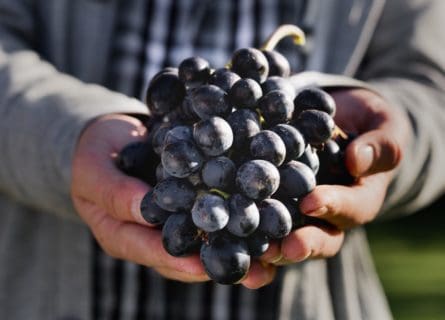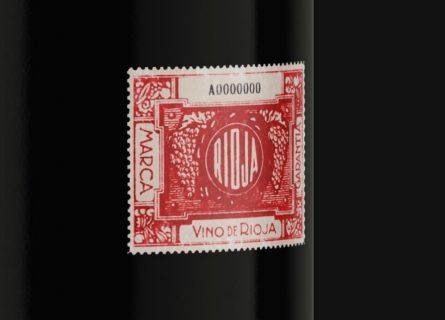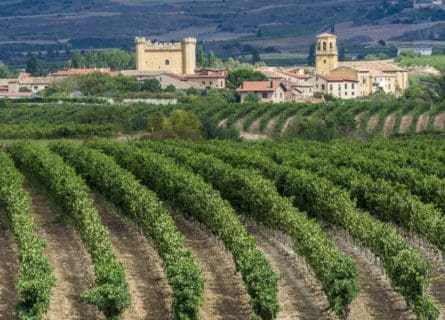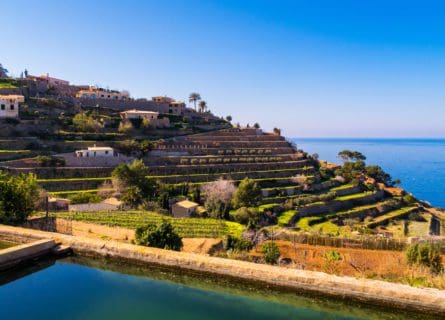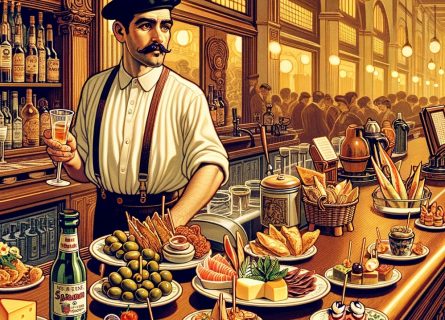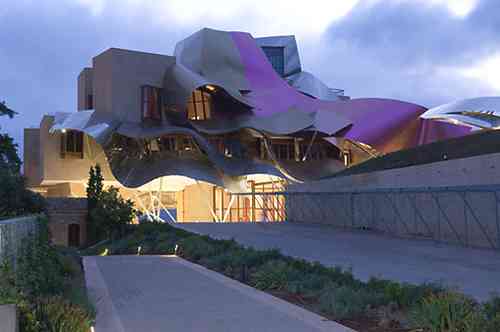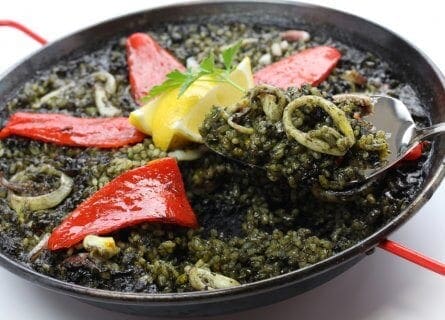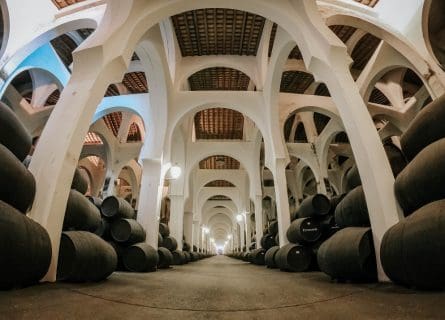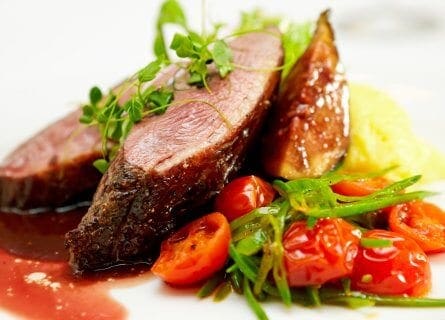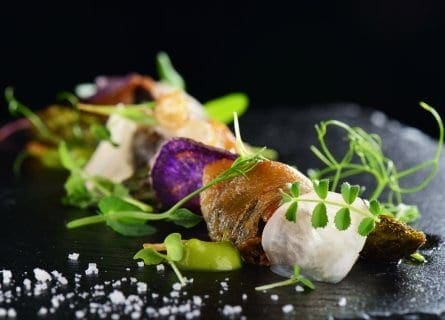Cáceres Travel Guide
Unveil the hidden delights of Caceres - a gastronomic and wine haven that will leave you mesmerized!
Of all the Spanish regions, the geographically isolated Extremadura – “the land beyond the river Douro” – remains the most remote from the modern world. And in evocative Cáceres, the city’s demure, leisurely pace of life, fascinating walled old town, the well-preserved Jewish quarter, and warm, hospitable inhabitants ensure visitors to this magical part of Spain never want to leave. Wandering among its silent, winding alleys and magnificent squares allows the visitor to step back in time, as modern development and the rapid pace of life have bypassed the old town of Cáceres!
Cáceres has a long and proud history that stretches back over 25,000 years. Humans first settled near the location of what we know today as Cáceres in the Palaeolithic era, with cave paintings dating back from this period still in existence in caves surrounding the city. Then, Celtic tribes created a small settlement on this steep plateau in western Spain, which the Romans subsequently occupied after conquering Iberia. The first official Roman settlement was founded in 78 BC and used as a winter encampment for Roman legions. Then, the Roman ruler Norbano Flaco arrived in 34 BC, took a shine to the settlement, and renamed it Norba Caesarina. The settlement flourished under Roman rule and became an important trading post in Roman Spain.
Following the collapse of the Western Roman Empire in the 5th century AD, Cáceres fell under the Visigoth rule. The period was marked by decline and decay as Cáceres fell into chaos until the Moors invaded Spain in 711. After that, the Arabs would control Spain for over three centuries and hold onto Cáceres until the 12th century. Once again, the city came under Christian rule in 1166, when the warrior Gerardo Sempavor succeeded in taking control of the Moors. However, the Arab invaders soon retook Cáceres before being lost to Fernando II of Leon in 1169. A period of much trouble followed, with several skirmishes and sieges, finally ending with the Moors retaking control in 1173. However, it must be emphasized that despite the conflicts during the period, several significant city improvements were undertaken, which are still visible today. These include the additional fortifications built on the existing Roman walls, the towers of Bujaco, and the cistern at Veletas Palace.
The Moors finally permanently lost control of Cáceres in 1227 after Alfonso IX of Leon conquered the city following a prolonged and bloody battle. After that, however, a golden age would dawn on the city as Cáceres grew increasingly prosperous as a free trade town, attracting merchants and later aristocracy to settle there. They built magnificent stately homes and palaces fortified by watchtowers; the Jewish population also thrived during this period and settled around the synagogue.
Sadly, this age of prosperity and stability could not last. During the Spanish war of succession for the crown of Castile, the Monarchs Isabel and Fernando ordered most of the stately home’s watchtowers and battlements to be demolished in 1476 as punishment for the aristocracy’s refusal to support their cause.
Some measure of peace and prosperity would return to the city in the 16th century, as Cáceres benefited from discovering the New World and subsequent trade opportunities. Indeed, today’s serene Renaissance town dates back mainly to the 16th century in terms of its architectural heritage. When the conquistadors returned, many opulent and spectacular palaces were built in Cáceres: Palacio Godoy, built by the newly rich explorer and Palacio de Los Toledo-Moctezuma in the second half of the 16th century for the grandson of the Aztec who had greeted Cortes when he reached Mexico.
In the 17th century, Spain suffered a dire economic recession. The previous Kings had spent all the wealth generated by trade with the Americas on disastrous wars; under the last three ineffectual Hapsburg kings, Spain’s European wars continued while the country’s coffers ran dangerously low. Famine killed over 300,000 people during this period in Andalusia alone. However, in the 18th century, Spain made a limited economic recovery under the Bourbon dynasty, as the monarchs made several vital investments in Spain’s infrastructure.
Cáceres was relatively untouched by the 19th and 20th centuries wars, although most of Spain suffered following the Napoleonic invasion of Spain and the subsequent Peninsular War in the 1800s. In 1833, Cáceres became the official administrative capital of the province. From this point on, the city’s confidence and sense of optimism returned; population growth and a booming economy from mining ensured that an ambitious program of city works was embarked upon, the most significant Paseo de Cánovas.
The Spanish Civil War of the 20th century would affect the citizens of Cáceres, as it did in most Spanish cities. The city was briefly the headquarters of Franco’s Nationalist forces, staunchly conservative throughout the 20th century. By the war’s end, over 700,000 lives had been lost, and Franco ruled Spain with an iron fist until he died in 1975. However, the outbreak of two World Wars in Europe barely touched Cáceres, as Franco refused to get involved in the conflicts, and the city was declared Spain’s first heritage city in 1949.
Cáceres was subsequently awarded cultural heritage status by UNESCO in 1985 and is an important University city and center of cultural tourism. The city has completely recovered from the Franco years and is now a proud, vibrant regional capital with superb restaurants, tapas, bars, and architectural marvels. Indeed, this city quickly takes a first-time visitor’s breath away with its amazingly diverse and contradictory influences: Islamic arts, Renaissance buildings, and Gothic Churches. It is merely the crown jewel of Extremadura and one of Europe’s most historic and charming places.
-
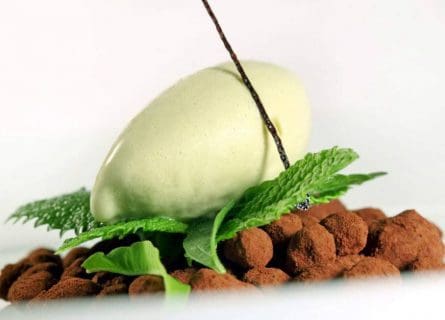
Atrio Restaurant, Culinary Artistry Meets Dessert Perfection (see below) Gastronomy & Wine
Extremadura’s proud citizens are also incredibly proud of their cuisine’s heritage, emphasizing homely, robust, and filling cooking. Soldiers from the New World brought back potatoes, corn, tomatoes, and Paprika, but generally, the region has not been characterized by fanciful cuisine. Over the centuries, the gastronomy of Extremadura was focused on the delicious Iberian pig, lamb, and plentiful game such as wild boar, pheasant, and partridge. Specialties are stews based on lamb, Pollo al padre Pero (half a young chicken simmered in a spicy pepper and tomato sauce), wild frog, Bacalao monacal, and the delicious Caldo de Vigilia, which is Lentil soup.
Extremadura’s gastronomic treasure is its world-class Paprika, specifically the Pimentón de la Vera, which comes from the province of Cáceres and is made in spicy and “sweet” styles. Another regional highlight is the Jerte Valley Cherry. Visit the Valle del Jerte when the cherries blossom in late March and early April, and be astounded by the beautiful landscapes.
Wine lovers visiting Cáceres should note that although Extremadura is not widely known abroad for its wine production, there are some elegant wines to seek out, like the Ribera del Guadiana appellation. You can easily sample wines from Spain’s other superlative regions, like Ribera del Duero and La Rioja in Cáceres’s quaint bars and restaurants. The best is undoubtedly the powerful and structured wines from Ribera Del Duero in the Castilla y Leon region. Spain’s most fashionable red wine region, with wine produced predominately from the Tempranillo variety, the most famous being the legendary estate of Vega Sicilia. The white wines of the Rueda area (made from the Verdejo grape) are also worthwhile and would complement Extremadura’s abundant fresh-water fish dishes perfectly.
Highlights
-
Restaurante Atrio
Restaurant Atrio is an award-winning, elegant establishment in a medieval building redesigned by architects Mansilla + Tuñón. Led by renowned Chef Toño Pérez, the restaurant specializes in refined contemporary cuisine, focusing on seasonal ingredients from his private garden. With 2 Michelin stars, it has become a renowned destination for gourmet travelers. The dining room offers a fitting space with natural light, overlooking the patio garden, and is adorned with crisp white linens and artworks by Antonio Saura. Additionally, there is a chef’s table in the kitchen. The round wine cellar in the basement, known for a notorious 2021 heist, adds to the allure of this extraordinary culinary experience.
-
Santa Maria Church
One of Spain’s most beautiful churches faces the imposing Palacio Episcopal in Cáceres, attracting thousands of visitors from across Spain and Europe each year. It was built in a Gothic-Renaissance style and is noted for its beautiful 15th-century crucifix.
-
Arco de la Estrella
This low-arched gateway into the Medieval quarter of Cáceres was built by Manuel Churriguera in 1726. It offers a fascinating insight into the city’s varied past, leading through the city walls from the Plaza Mayor into the old town and is flanked by a 15th-century watchtower.
-
Museo Provincial
This fantastic museum in the Casa de las Veletas showcases various contemporary art and archaeology from the region.
-
Casa y Torre de la Cigüeña
One of the few remaining icons of Cáceres’ golden age in the 14th and 15th centuries, this slender battlement tower belonging to the House of the Stork was allowed to remain intact after Isabel’s decree to destroy most of the battlements in Cáceres due to the owner’s loyalty to Isabel during the Spanish war of succession. The Spanish army now owns it.
-
Atrio
This Two Michelin-starred gastronomic mecca won the best restaurant in the world for wine lovers in Wine Spectator magazine, and it offers a thoroughly elegant, chic experience. Signature dishes include venison fillets served with muscat grapes and pears – estupendo!
-
El Figon de Eustaquio
Located on Plaza de San Juan, it offers a taste of genuine Extremaduran cooking, such as trout a la Extremeña (stuffed with ham) and the typical soup of tomato with a poached egg.
-
Tapas
Any visitor to Cáceres should head straight to the magnificent old quarter and enjoy exquisite, succulent Jamón Serrano in the district’s many fantastic tapas bars. You will not taste better ham in Europe, with its deep red color and intensely sweet, nutty flavor. Considering the city’s small size, the variety of places to eat and drink in Cáceres is impressive, from cafes and tapas bars to gourmet restaurants.
Recommended for you
More information
If you would like us to customize an exclusive luxury tour, contact us and let us know your travel plans. We offer luxury food and wine tours for private groups of a mininium two guests. In addition, all of our private, chauffeured tours are available year-round upon request.

Cellar Tours
Welcome to Cellar Tours, the premier Luxury Travel Specialist since 2003. Our goal is to provide you with the ultimate food and wine vacation experience, with exclusive Mercedes chauffeured tours that showcase the best of local cuisine and wines.
Our team specializes in crafting bespoke, custom-designed vacations, events, and incentives tailored to your unique tastes and preferences. Travel is not just about seeing new places - it's about creating unforgettable memories and indulging in the finer things in life.
As members of Slow Food, OTAVA (Travel Agency Association in Spain), and the IACP (International Association of Culinary Professionals), we promote sustainable tourism and support local communities. We work closely with top-rated hotels, restaurants, and wineries to provide you with the highest level of service and attention to detail.
Whether you're planning a romantic getaway, a family vacation, or a corporate retreat, let Cellar Tours be your guide. With our passion for food and wine, extensive knowledge of local culture, and dedication to exceptional customer service, we're confident we can exceed your expectations.
Contact us today to start planning your dream vacation – we can't wait to hear from you!

